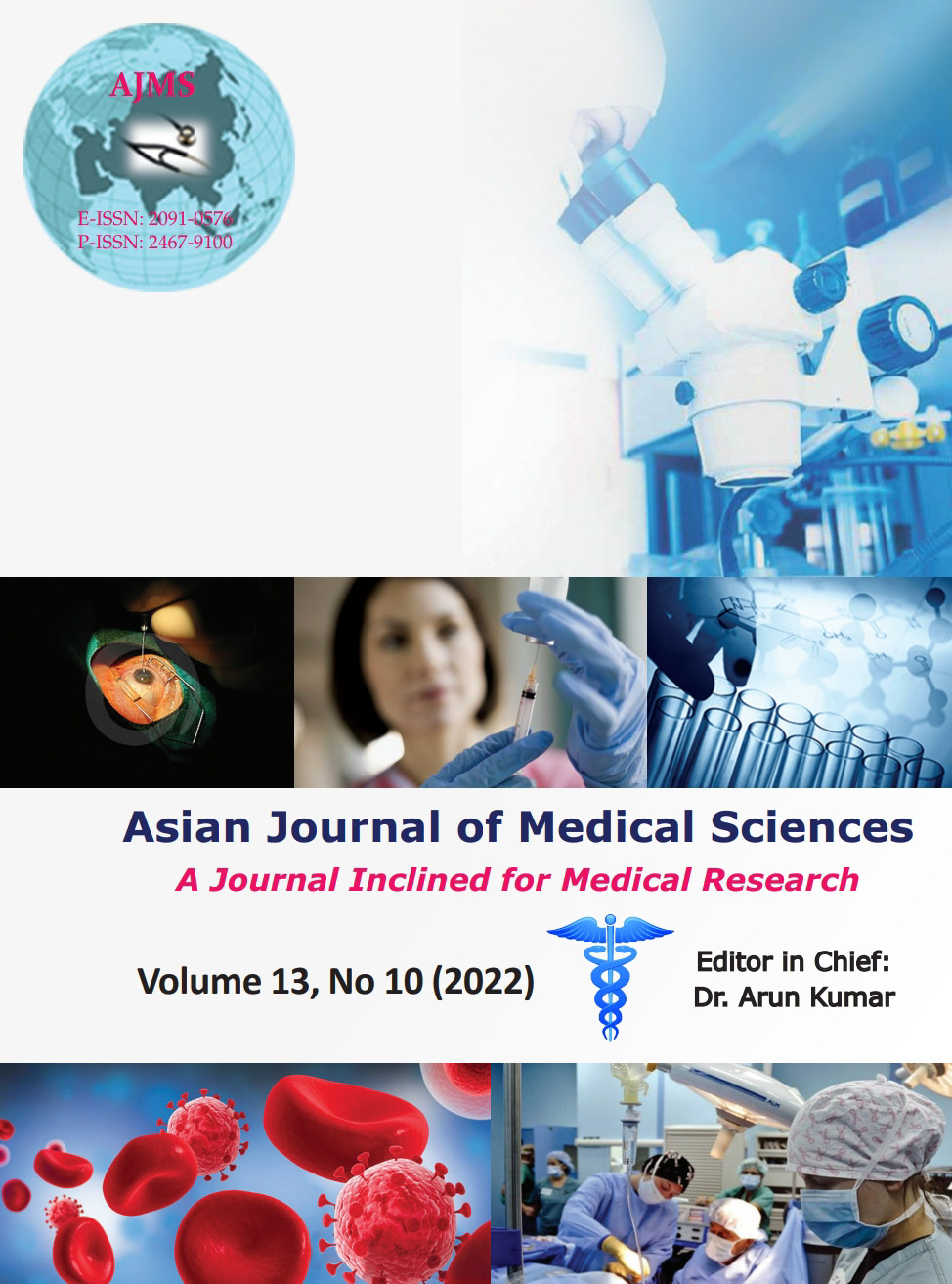Prevalence of multidrug resistant non-fermenters in a tertiary care centre
Keywords:
Pseudomonas aeruginosa; Acinetobacter baumannii.; Non-lactose fermenters; Multidrug resistant; Extensively drug resistant; Antimicrobial resistance; Nosocomial infections; Antimicrobial susceptibility testingAbstract
Background: Infections due to multidrug resistant organisms especially Gram-negative non-fermenting bacteria such as Acinetobacter baumannii and Pseudomonas aeruginosa are increasing, ultimately leading to shortage of clinically effective antibiotics. Indiscriminate use of antibiotics is the key factor influencing the prevalence and distribution of drug resistance in any community or nosocomial setting.
Aims and Objectives: The objectives of the study are as follows: (1) To know the antibiotic susceptibility pattern of commonly isolated non-lactose fermenters. (2) To know the prevalence of multidrug resistant P. aeruginosa and A. baumannii.
Materials and Methods: Clinical samples from various departments were processed using standard isolation and identification procedures. Only non-lactose fermenting colonies were processed further and only those isolates that were identified as P. aeruginosa and A. baumannii. were considered and their antibiotic susceptibility testing by disk diffusion method was carried out. Results were tabulated and analyzed.
Results: Among 558 non-lactose fermenting Gram-negative bacilli isolates, P. aeruginosa (355) and A. baumannii. (203) were the most common isolates. Resistance to commonly used drugs such as aminoglycosides, cephalosporins and inhibitor combinations, and fluoroquinolones ranged from 40% to 65%. Carbapenem resistant isolates were around 24–25%. Multidrug resistant isolates and extensively drug resistant accounted for 17.4% and 9.1%, respectively.
Conclusion: Increasing multidrug resistance and extensive drug resistance resistance among non-fermenters are on the rise leaving a very small window of treatment options. This is an alarming situation that needs strict antibiotic policy and a robust antimicrobial resistance management plan.
Downloads
Downloads
Published
How to Cite
Issue
Section
License
Copyright (c) 2022 Asian Journal of Medical Sciences

This work is licensed under a Creative Commons Attribution-NonCommercial 4.0 International License.
Authors who publish with this journal agree to the following terms:
- The journal holds copyright and publishes the work under a Creative Commons CC-BY-NC license that permits use, distribution and reprduction in any medium, provided the original work is properly cited and is not used for commercial purposes. The journal should be recognised as the original publisher of this work.
- Authors are able to enter into separate, additional contractual arrangements for the non-exclusive distribution of the journal's published version of the work (e.g., post it to an institutional repository or publish it in a book), with an acknowledgement of its initial publication in this journal.
- Authors are permitted and encouraged to post their work online (e.g., in institutional repositories or on their website) prior to and during the submission process, as it can lead to productive exchanges, as well as earlier and greater citation of published work (See The Effect of Open Access).




